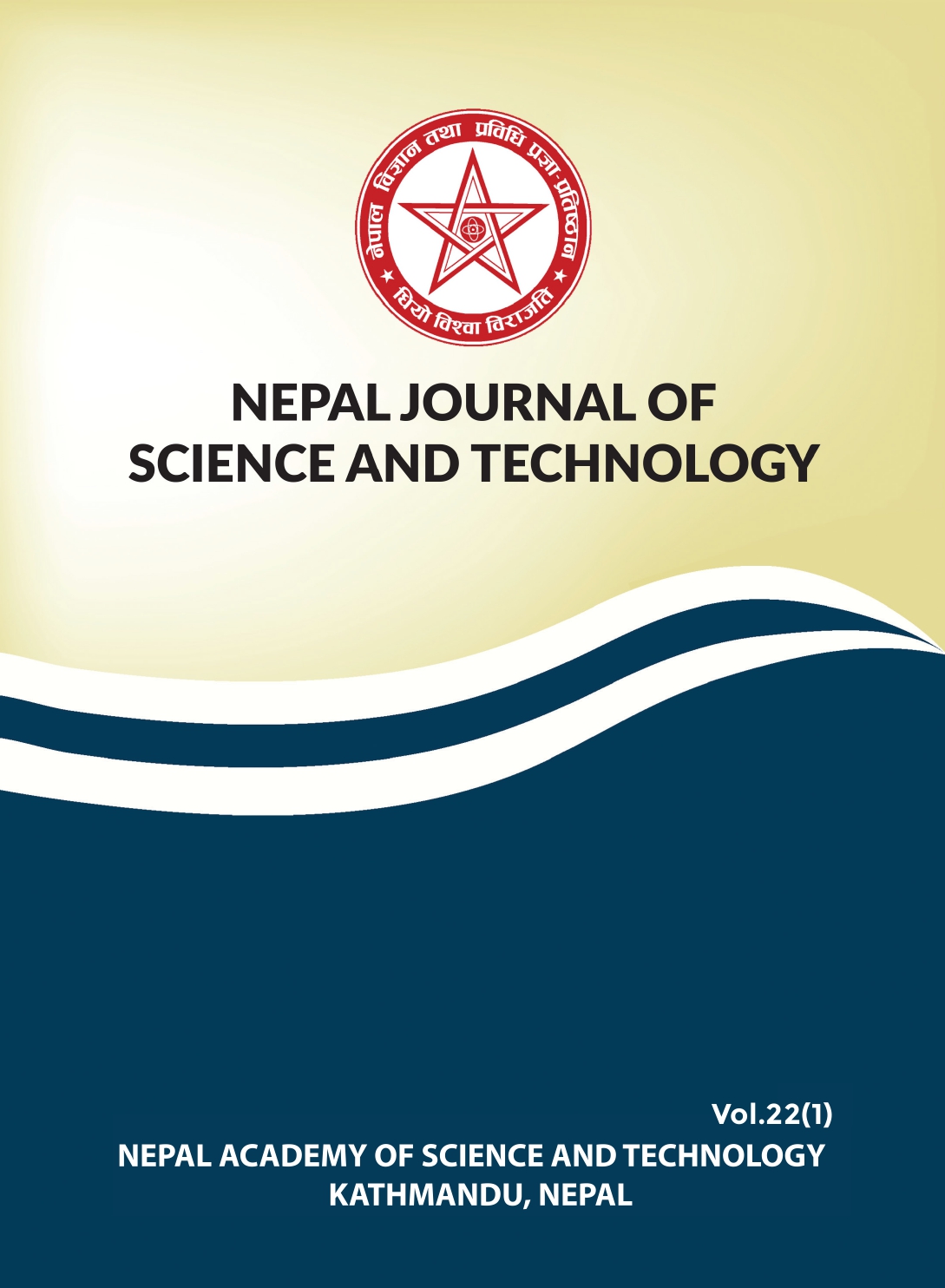Effects of In-Situ Clay-Induced Formation Damage on Oil Recovery during Low-Salinity-Based Enhanced Oil Recovery Method in a Sandstone Reservoir of Upper Assam Basin, India
DOI:
https://doi.org/10.3126/njst.v22i1.67163Keywords:
Basin, Core Flooding, LSW, Permeability, WettabilityAbstract
Clay-Induced formation damage is a worldwide problem in the petroleum industry, which is caused by the swelling and migration of clays and subsequent plugging of the pore throats. The In-Situ formation damage by clay minerals in sandstone reservoirs is governed by the physicochemical factors that control the stability and transport of the clays. The study presented here focuses on the effects of In-Situ Clay-Induced Formation Damage on oil recovery during Low Salinity Waterflooding (LSW) in the Tipam Reservoir Sandstone of Upper Assam Basin, India. Analysis of reservoir rock, formation brine, and crude oil shows the feasibility of LSW in the study area. The paper describes the alteration of rock permeability and porosity in a series of core flooding experiments using low-salinity brine. It is observed that the permeability and porosity of the flooded core plugs decrease during LSW. The SEM analysis of the fines migrated along with the effluent water during core flooding shows the presence of Kaolinite, Illite, and Mixed-layer. The study shows that the permeability reduction occurs during LSW through the plugging of pore throats which may be due to some mechanical and chemical processes like migration and swelling of clays. This plugging can increase the oil recovery by enhancing the Sweep Efficiency. Also, the migrated clay minerals can enhance the oil recovery by wettability modification and reduction of oil-water Interfacial Tension (IFT). Further, the permeability decline in the Swept Zone may improve the LSW performance by increasing the water breakthrough time and reducing the water cut.
Downloads
Downloads
Published
How to Cite
Issue
Section
License
Copyright (c) 2023 The Author(s)

This work is licensed under a Creative Commons Attribution-NonCommercial 4.0 International License.
Authors retain copyright and grant the journal right of first publication.




